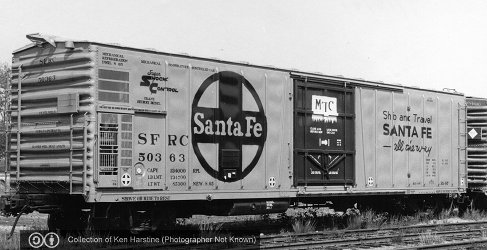fant_autentico
Well-known member
Good morning, I would like to know what products (real) loaded the Santa Fe's reefers in the 60's. Fruits and vegetables were transported, but meat or beef quarters, fish? ..........
Any information is welcome.
Regards
Javier

Any information is welcome.
Regards
Javier

